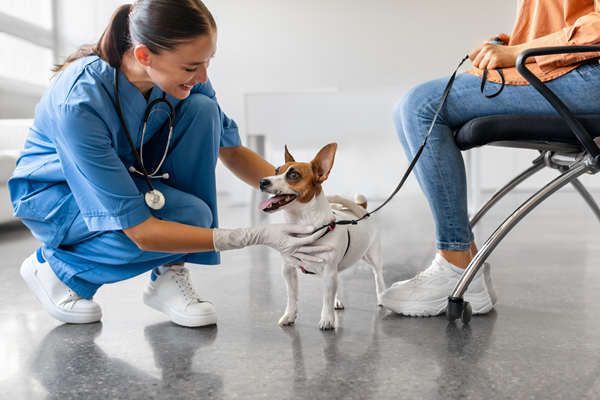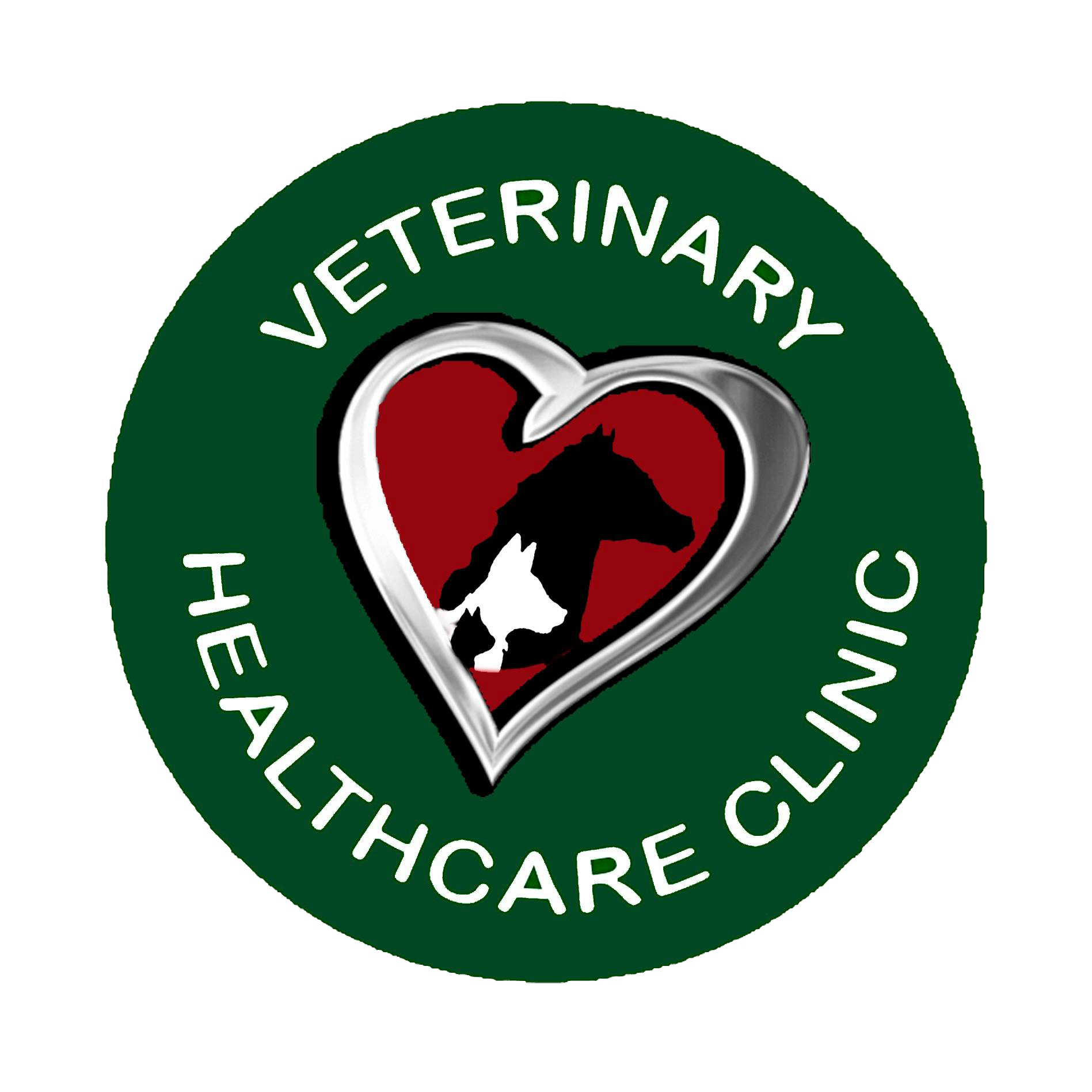
As pet owners, we strive to give our furry friends the best care possible, ensuring they are healthy and happy. One often overlooked aspect of veterinary care is managing our pets’ fear, anxiety, and stress (FAS). Veterinary visits can be stressful for pets, leading to a negative experience that can hinder proper medical care. This is where pre-visit pharmaceuticals (PVPs) come into play. In this blog, we will explore how to recognize FAS in dogs and cats, why PVPs are recommended, and the importance of timely administration.
How do I recognize fear, anxiety, and stress in dogs and cats?
Understanding the signs of FAS in your pets is crucial for timely intervention. Here are some common things to look for:
Dogs:
- Panting and drooling: Excessive panting and drooling can signal stress.
- Trembling and shaking: Noticeable trembling or shaking indicates fear.
- Avoidance behavior: Hiding, cowering, or attempting to escape situations.
- Vocalization: Excessive barking, whining, or whimpering.
Cats:
- Hiding: Seeking out small, enclosed spaces to feel safe, or trying to sink into the table as if they are not there.
- Ears and Tail: Flattened ears and a tucked tail are signs of distress.
- Vocalization: Increased meowing, growling, or hissing.
- Aggression: Swatting, biting, or scratching as a defensive response.
Recognizing these signs early can help you and your veterinarian take proactive steps to manage your pet’s anxiety.
Why are pre-visit pharmaceuticals recommended?
Veterinary visits can be daunting for our pets due to unfamiliar environments, strange smells, and interactions with unknown people. Pre-visit pharmaceuticals are medications prescribed by veterinarians to help reduce anxiety and stress in pets before their visit. PVPs provide the following benefits:
- Improve veterinary experience: Reducing FAS makes veterinary visits more pleasant for pets, owners, and veterinary staff, leading to more accurate diagnoses and better care.
- Enhance cooperation: A calmer pet is more likely to cooperate during examinations and procedures, making the process smoother and less traumatic.
- Provide long-term health benefits: Consistent positive experiences at the vet encourage regular check-ups and allow a better assessment of your pet’s health.
Why is timing important when I’m giving my pet PVPs?
For PVPs to be effective, timing is crucial. Administering these medications at the right time ensures your pet is calm and relaxed by the time they get to their veterinary visit. Here are some key points regarding timing:
- Follow veterinary guidance: Always adhere to your veterinarian’s instructions on when to give the medication. Typically, PVPs are administered a few hours before the visit.
- Trial runs: Conduct a trial run at home to see how your pet reacts to the medication. This helps in adjusting the timing and dosage if needed.
- Monitor your pet: After administering the PVP, observe your pet for any adverse reactions or excessive sedation. Contact your veterinarian if you notice any concerning symptoms.
Pre-visit pharmaceuticals play a vital role in making veterinary visits less stressful for dogs and cats. By recognizing the signs of fear, anxiety, and stress, and administering PVPs at the appropriate time, we can ensure our pets receive the care they need in a calm and controlled manner. Always consult with your veterinarian to determine the best approach for your pet’s specific needs. With the right preparation, you can help your furry friends have a more positive and fear-free experience at the vet, promoting their overall health and well-being.
